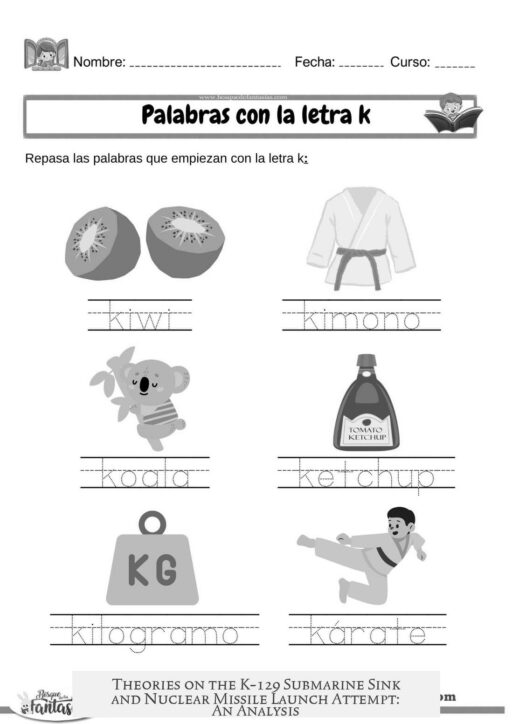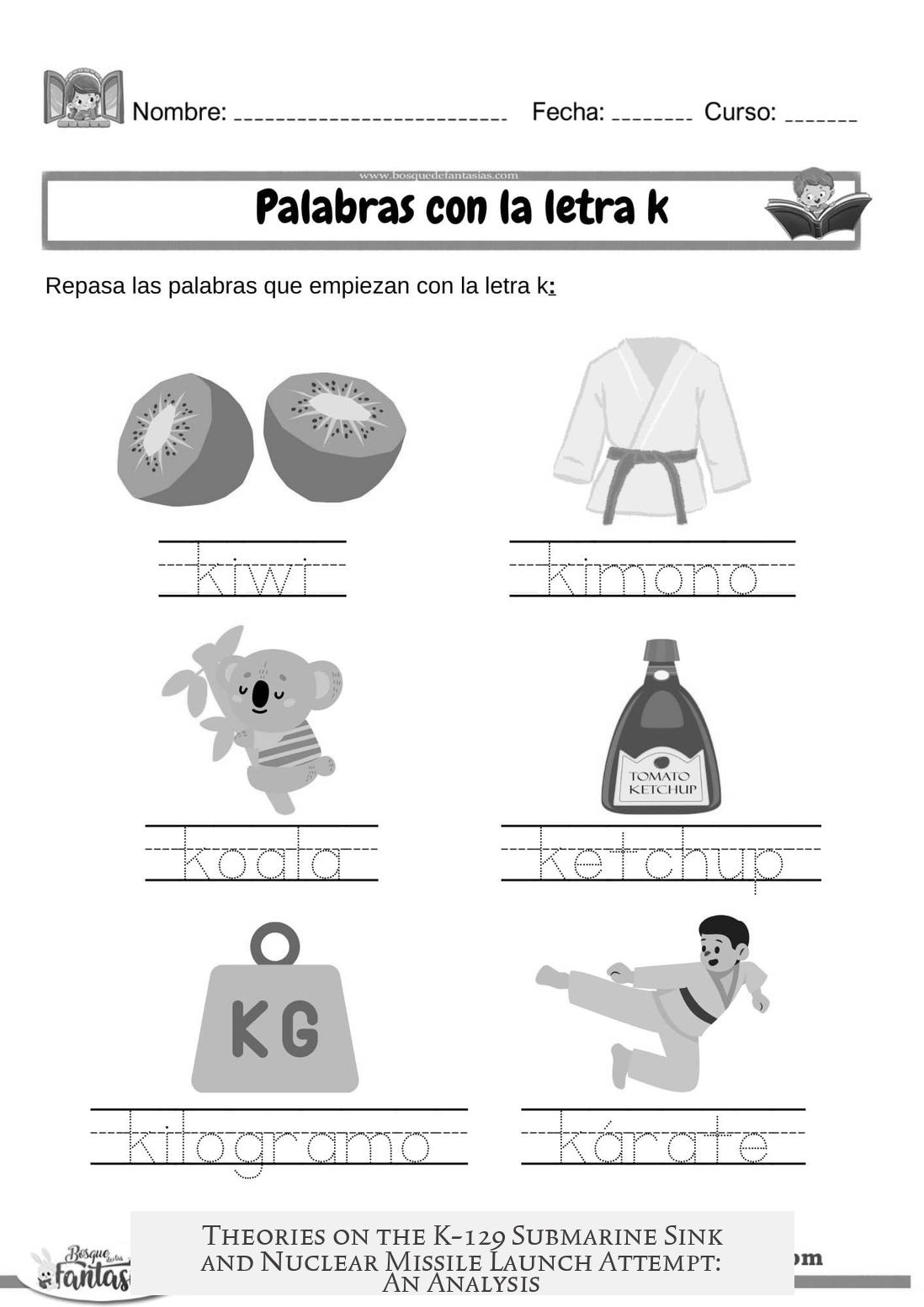The theory that the Soviet submarine K-129 sank while attempting to launch nuclear missiles to provoke a conflict between the US and China is largely rejected by historians and experts. The idea originates from the book Red Star Rogue, which posits K-129 deliberately fired a nuclear missile to frame China. This would have triggered war benefiting the USSR. However, multiple lines of evidence and analysis dispute this claim.
China’s Golf-class submarines like K-129 never carried nuclear missiles or operated far from the Chinese coast. Both US and Soviet intelligence, as well as public sources such as Jane’s Fighting Ships, recognized this well before the incident.
Therefore, the framing premise is flawed. A nuclear missile launched near Hawaii traced back to a Chinese submarine was not credible. Intelligence agencies on both sides understood any nuclear attack would implicate the USSR, not China.
K-129’s crew and Soviet missile launch protocols further weaken the launch theory. The submarine sailed with 98 crew members, including trainees and a signals intelligence team. None were confirmed KGB operatives.
Launching nuclear missiles required multiple officers to input separate security codes simultaneously. This made unauthorized or accidental launches difficult. Each involved officer would also face severe personal consequences deterring rash action.
The Soviet search for K-129 took place in a wide area, distant from the actual wreck discovered by the US Navy along the planned patrol route. This suggests the Soviets lacked precise knowledge of their submarine’s fate, consistent with an accidental loss rather than concealment of a secret missile launch.
Golf-class subs transmitted only sporadically on fixed schedules for safety and stealth. K-129’s last reported transmission came soon after departure, creating a broad search zone when it disappeared.
Alternative causes for the sinking are more widely accepted. The Soviet Navy suspected collision, battery explosion, or accidental fires related to missile propellants. No US vessels were nearby, casting doubt on collision with a hostile force.
US acoustic data recorded sounds indicative of an explosion consistent with missile propellant ignition inside the submarine. The R-21 missiles onboard were known to leak dangerous chemicals. This made an accidental fire or explosion plausible, whether caused by equipment failure or training malfunction.
The Soviet official inquiry rejected accidental launches but did not have access to US oceanographic or acoustic data that suggest otherwise.
Conspiracy claims by authors like Sewell argue for secret recovery or missile-launch attempts. However, these claims face strong counterarguments:
- The submarine bell recovered could have been stored inside during retrieval, not indicating larger salvage operations.
- The bathyscaphe Trieste II did not visit the wreck for missile recovery; its documented missions and the harsh weather in the North Pacific make this improbable.
- Claims that multiple satellites detected the missile explosion fail under scrutiny. Some satellites cited were not operational by then or unlikely to have recorded the event due to mission profiles.
Overall, experts favor the accidental explosion explanation over a deliberate missile launch. The intelligence context about Chinese submarine capabilities, Soviet procedures, search patterns, and acoustic evidence provide a coherent picture that rules out the framing theory.
- Chinese Golf-class subs lacked nuclear missiles and long-range capability needed for the framing theory.
- Soviet missile launch protocols prevent simple unauthorized launches by crew.
- Soviet search efforts align with genuine uncertainty about the loss position, not concealment.
- US acoustic and wreckage data support accidental missile explosion as cause of sinking.
- Conspiracy claims about recoveries and satellite data conflict with operational realities and lack solid evidence.
How accepted is the theory that the Soviet submarine K-129 sank while trying to launch their nuclear missiles?
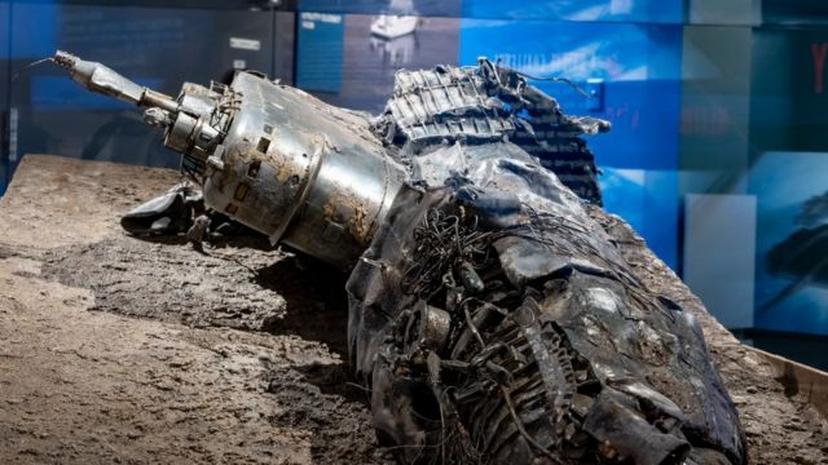
In short: The theory that the Soviet submarine K-129 sank while attempting to launch nuclear missiles is largely dismissed by historians and experts. It is viewed as a conspiratorial notion with multiple factual flaws. Let’s break down why this popular but controversial idea doesn’t hold water.
The tale is that K-129, a Soviet Golf-class ballistic missile submarine, tried to fire off nukes aimed to spark a war between the U.S. and China. The idea seems ripped from a Cold War thriller, but the reality is quite different.
A convoluted conspiracy in Red Star Rogue
Red Star Rogue popularized this version of events, claiming that K-129 attempted a deliberate missile launch meant to frame China. The plan? Trigger a U.S.-China war that the USSR could exploit strategically. Sounds like a Cold War soap opera, right?
Unfortunately, this theory founders on basic facts about China’s naval capabilities. China’s Golf-class sub submarines, like K-129, never carried nuclear weapons or ventured far from their coastal waters. This wasn’t just intelligence guesswork; even public naval handbooks, like Jane’s Fighting Ships, documented it clearly.
This means any nuclear missile attack on Pearl Harbor would obviously come from the USSR, not China. So framing China by launching nukes from a Soviet sub? It’s a non-starter.
Why the launch theory is far-fetched
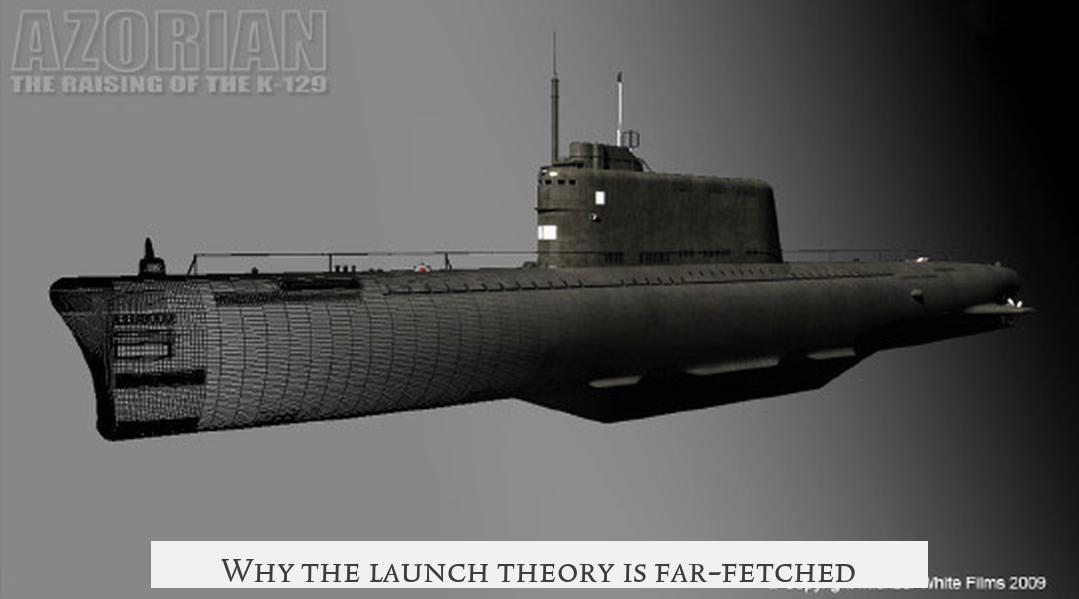
K-129 went to sea with 98 crew members—higher than usual but nothing unusual for a special mission. Some were new sailors, others were signals intelligence staff. There’s no evidence that KGB officers manned the sub. Plus, launching nuclear missiles required five officers each entering code segments simultaneously—a classic “multiple-lock” fail-safe system.
Given this complex protocol and human factors, an accidental or unauthorized launch seems highly unlikely. Five officers colluding secretly or pressing their codes mistakenly? That’s a tall order. Plus, those officers had every reason to avoid starting a nuclear war with their own hands.
The Soviet search and where the wreck actually lies
After K-129 vanished, the Soviets scoured seas far from the actual wreck site. This likely reflected genuine ignorance about where the sub went down. The United States located the wreck on K-129’s planned patrol route, consistent with the Soviet pattern for these subs.
This search pattern implies no cover-up or secret missile launch; if there had been, they’d presumably know the location and guard it fiercely.
Further, Golf-class submarines surfaced only briefly on strict radio schedules to transmit safe, stealthy signals. The last transmission was shortly after leaving port, leaving a big gap and huge ocean area to search. It was a needle-in-a-haystack problem.
What really might have sunk K-129?
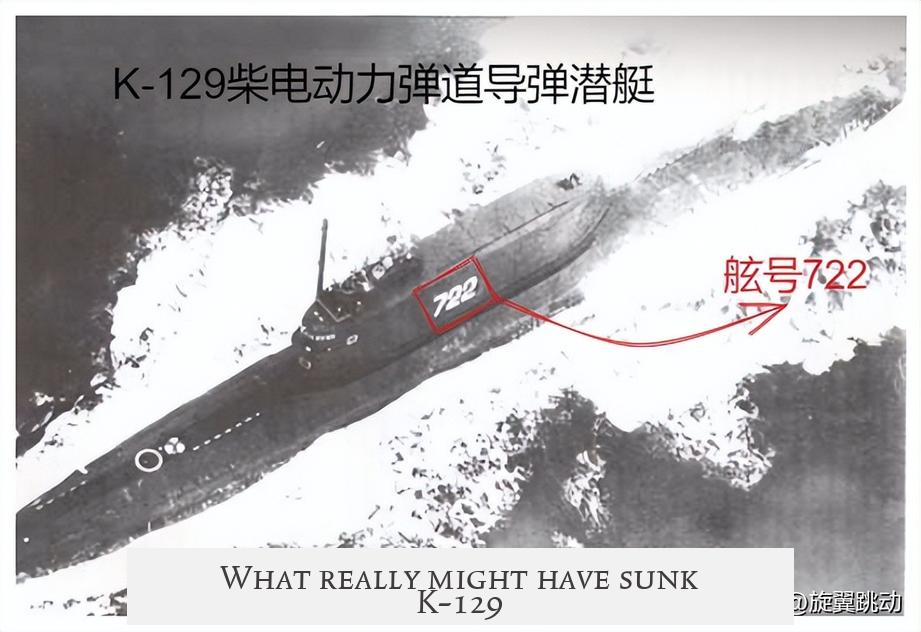
The Soviet Navy floated several ideas: battery explosions, a collision with another vessel, accidental buoyancy loss, or a missile propellant explosion. They favored collision as a cause but admitted no hard proof. Notably, no American vessels were nearby to cause a collision.
The U.S., with access to sonar data and wreckage analysis, showed strong evidence for an explosion caused by missile propellants. The R-21 missiles onboard were notorious for leaking volatile propellant and oxidizer. This created a constant risk of accidental fire or explosion, especially in the cramped submarine confines.
Thus, an accidental missile-related explosion during routine patrol or equipment failure provides a much simpler and more plausible explanation than a covert missile launch intended to start a war.
Counter-claims by conspiracy theorists: a reality check
Writer John Sewell argued that the recovery of the submarine’s bell points to a much larger salvage operation than admitted. However, this bell was usually kept inside the sub during transport to reduce sonar noise, so its recovery alone doesn’t prove extensive salvage.
Sewell also claims the bathyscaphe Trieste II visited the wreck in 1972 to recover missile parts. But this doesn’t line up with the rough seas of the North Pacific or the operational record of Trieste II, which was otherwise occupied retrieving a different spy satellite package closer to Hawaii at that time.
Satellite detection theories are shaky too. Sewell cited civilian weather satellites and early missile detection systems supposedly capturing the explosion. Yet, relevant satellites were either not in position, canceled years before, or unlikely to waste limited resources capturing an event without prior intelligence. These claims don’t hold up under scrutiny.
So, what’s the takeaway?

- The idea that K-129 sank in the middle of launching nuclear missiles to blame China is *not* accepted by credible experts.
- China’s submarines simply weren’t equipped or positioned for such a devastating dirty trick.
- Soviet missile launch protocols and crew makeup make an unauthorized launch nearly impossible.
- Search and wreckage evidence favors an accidental explosion as the real cause.
- Claims of secret missile launches and massive US cover-ups stretch beyond available evidence.
In essence? The accidental explosion explanation stands firm and offers a more realistic, straightforward understanding of the K-129 tragedy. Sometimes the cold, hard facts beat the sizzling Cold War spy novels.
Thoughts for the curious mind
Why do conspiracy theories like this persist? Maybe it’s the dramatic appeal or the human desire to find hidden meanings in tragedy. But K-129’s story teaches a lesson about relying on well-crafted evidence over tantalizing speculation.
If you’re fascinated by Cold War naval mysteries, dive deeper into official reports, sonar analyses, and naval communications. They tell a story of a tragic accident more than a secret nuclear gambit.
After all, the sea is a harsh teacher—and sometimes its answers are simpler than spy fiction. Does that change the drama? Maybe, but it grounds us in reality, where the truth matters.
Did the Soviet submarine K-129 really try to launch nuclear missiles before sinking?
The theory exists but is widely rejected. Intelligence showed Chinese submarines lacked nuclear missiles and range to threaten the US. Soviet launch protocols made unauthorized launch very difficult.
Why do experts doubt the missile launch theory about K-129?
China’s Golf-class submarines never carried nuclear weapons far from coast. Soviet officers needed multiple codes for launch, making accidental or rogue firing unlikely.
What evidence supports accidental cause over deliberate missile launch?
US sonar recorded explosion sounds consistent with missile propellant leaks. Soviet inquiries considered collision or explosion, with no clear evidence supporting a missile launch attempt.
Did the Soviets try to cover up a missile launch from K-129?
Soviet search looked in wide areas without precise submarine location data. Their lack of knowledge about the exact wreck suggests no concealment of launch attempts.
Can claims of missile or submarine bell recovery prove a launch cover-up?
Recovery of the bell is explained as routine. Other claims of missile recovery or satellite detection lack credible evidence and contradict operational records and environment factors.
